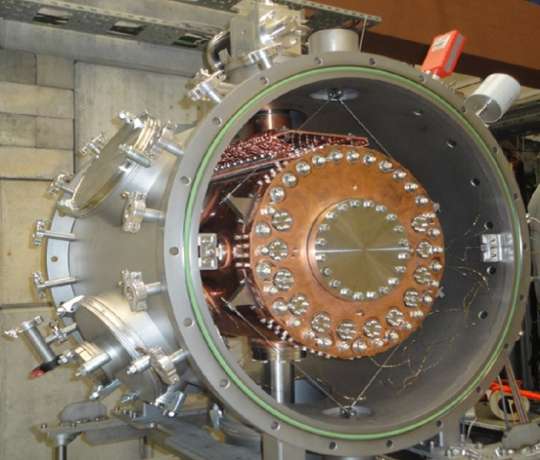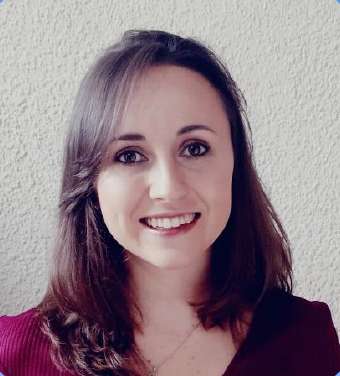Low-energy radioactive ion beams are a prerequisite for many precision experiments in nuclear physics. The efficient transformation of rare ion beams, produced in nuclear reactions at high energy with large emittance, into low-energy beams with small emittance and low energy spread was a challenge since the first accelerators. In recent years, so-called ion-catcher devices (gas stopping cells) have been employed to decelerate high-energy ions in a noble-gas atmosphere, from where they are extracted by gas flow and electric fields. The cryogenic gas stopping cell is developed, realized and tested at cyclotron DC280 (“Factory of Superheavy Elements”) to study the properties of heavy and superheavy elements.
Tasks
- perform the analysis of the ISOL (Isotope Separation OnLine) method using experimental data
- identify the weak and strong points of the solid ISOL method
- simulation of product reactions stopping ranges for the cryogenic gas stopping cell with SRIM and GEANT4.
Preliminary schedule by topics/tasks
1. Introduction lecture
2. Main parts overview + literature observation
3. Simulation of physical processes in the cryogenic gas stopping cell by using the SRIM and GEANT4
4. Data analysis using OriginPro software and chart of nuclides
5. Discussion of the results with the supervisor
6. Preparation of the final report.
Required skills
- principles of nuclear reactions
- conservation of energy, mass, momentum, and charge laws
- principles of mass spectrometry
- interaction of radiation with matter
Acquired skills and experience
- advanced knowledge in acceleration technology
- advanced knowledge in mass spectrometry
- main parts used in cryogenic gas stopping cell assembly
- principles, advantages, and limitations of the solid ISOL method widely used to study the properties of heavy and superheavy elements
- simulation of physical processes
- methods to study the properties of heavy and superheavy elements
Recommended literature
1. C. Droese, S. Eliseev, K. Blaum, M. Block, F. Herfurth, M. Laatiaoui, F. Lautenschläger, E. Minaya Ramirez, L. Schweikhard, V.V. Simon, and P.G. Thirolf. The cryogenic gas stopping cell of SHIPTRAP. Nucl. Instrum. Methods Phys. Res. Section B, 338:126–138, (2014).
2. O. Kalejaa, B. Anđelić, K. Blauma, M. Block, P. Chhetri, C. Droese, Ch.E. Düllmann, M. Eibach, S. Eliseev, J. Even, S. Götz, F. Giacoppo, N. Kalantar-Nayestanaki, M. Laatiaoui. The performance of the cryogenic buffer-gas stopping cell of SHIPTRAP. Nucl. Instrum. Methods Phys. Res. Section B, 462:280–285, (2020).
3. M. Ranjan, P.Dendooven, S.Purushothaman, T.Dickel, M.P.Reiter, S.Ayet, E. Haettner, I.D.Moore, N.Kalantar-Nayestanak, H.Geissel, W.R.Plaß, D. Schäfer, C. Scheidenberger, F.Schreuder, H.Timersma , J.VandeWalle, H.Weick. Design, construction and cooling system performance of a prototype Cryogenic stopping cell for the Super-FRS at FAIR. Nucl. Instrum. Methods Phys. Res. Section A, 770:87–97, (2015).




